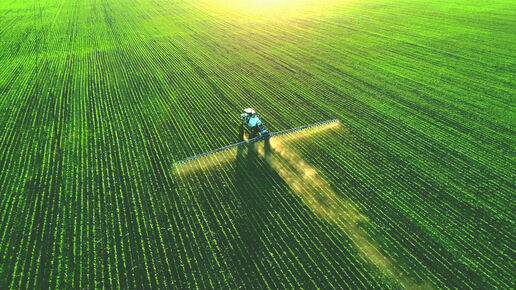Pesticide residues in food: latest figures released
EFSA’s latest report on pesticide residues in food in the European Union is now available. It gives a snapshot of the residue levels found in a selection of commonly consumed products.

Large number of samples analysed
An unprecedented total of 110,829 food samples were collected in the European Union (EU) in 2022, up by one quarter on 2021. The results show that 96.3% of samples fell within legally permitted levels. For the subset of 11,727 samples analysed as part of the EU-coordinated control programme (EU MACP), 98.4% were within the legal limits.
Findings of the EU-coordinated programme
The EU MACP analyses samples randomly collected from 12 food products. For 2022, these were apples, strawberries, peaches, wine (red and white), lettuces, head cabbages, tomatoes, spinaches, oat grain, barley grain, cow’s milk and swine fat.
Of the samples analysed in the EU-coordinated programme:
- 51.4% (6,023 samples) were free of quantifiable levels of residues.
- 47% (5,512) contained one or more residues in concentrations below or equal to permitted levels (known as maximum residue levels, or MRLs).
- 1.6% (192) contained residues exceeding the permitted levels.
Trends in residues in the 12 foods analysed
The same basket of products is sampled every three years, showing upward or downward trends for the specific commodities.
The overall rate at which pesticide Substance used to kill or control pests, including disease-carrying organisms and undesirable insects, animals and plants. residues exceeded the MRL slightly decreased from 2% in 2019 to 1.6% in 2022.
Compared to 2019 and to 2016, the exceedance rate fell for apples, peaches, strawberries, wine, and swine fat; for spinaches, it has fallen since 2019. No samples of cow’s milk with residues above the MRL were found in 2022, as in 2019 and 2016. Exceedances rose for head cabbages, tomatoes, lettuces, barley, and oat grain.
Browse the data via our interactive visualisation tool
The detailed results of all control programmes are available on EFSA’s website via an interactive data visualisation tool, enhanced year by year to make the data more accessible to non-specialists.
EFSA’s annual report includes harmonised and comparable data collected under the EU coordinated programme, as well as data collected as part of national control activities carried out by individual EU Member States[1] Norway and Iceland. National control programmes are risk-based and provide important information to risk managers, but do not give a statistically representative image of the levels of residues in foods on the market across the European Union.
Dietary risk assessment
The results from the monitoring programmes are a valuable source of information for estimating dietary exposure For the purposes of risk assessment, measurement of the amount of a substance consumed by a person or animal in their diet that is intentionally added or unintentionally present (e.g. a nutrient, additive or pesticide). of EU consumers to pesticide residues.
EFSA carried out a dietary risk assessment A specialised field of applied science that involves reviewing scientific data and studies in order to evaluate risks associated with certain hazards. It involves four steps: hazard identification, hazard characterisation, exposure assessment and risk characterisation. as part of its analysis of the results. This year, the report extends the probabilistic assessment methodology introduced last year to all pesticides analysed within the EU-coordinated programme. This assessment shows the probability The likelihood that a particular event will occur or that a measured value will fall within a particular range. that consumers will be exposed to a quantity of residues above a certain safety threshold A dose or exposure below which adverse effects are not detected..
Based on its assessment, EFSA concludes that there is a low risk to consumer health from the estimated exposure Concentration or amount of a particular substance that is taken in by an individual, population or ecosystem in a specific frequency over a certain amount of time. to pesticide residues in the foods tested. However, the report makes a number of recommendations to increase the efficiency of European control systems for pesticide residues.
[1]: In accordance with the Agreement on the withdrawal of the United Kingdom of Great Britain and Northern Ireland from the European Union and the European Atomic Energy Community, and in particular Article 5(4) of the Windsor Framework in conjunction with Annex 2 to that Framework, for the purposes of this report, references to Member States include the United Kingdom in respect of Northern Ireland.
Links to science
How to contact us
EFSA Media Relations Office
Tel. +39 0521 036 149
E-mail: press [at] efsa.europa.eu (Press[at]efsa[dot]europa[dot]eu)
(Only if you are a member of the press)
Ask a Question Service
You have a question about EFSA’s work? Contact our Ask a Question service!